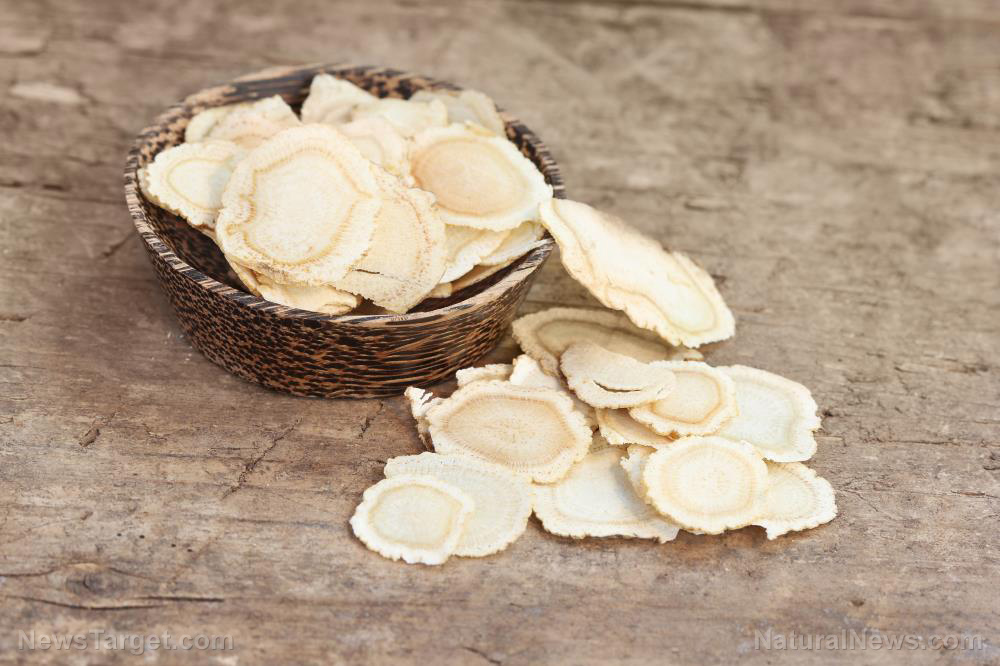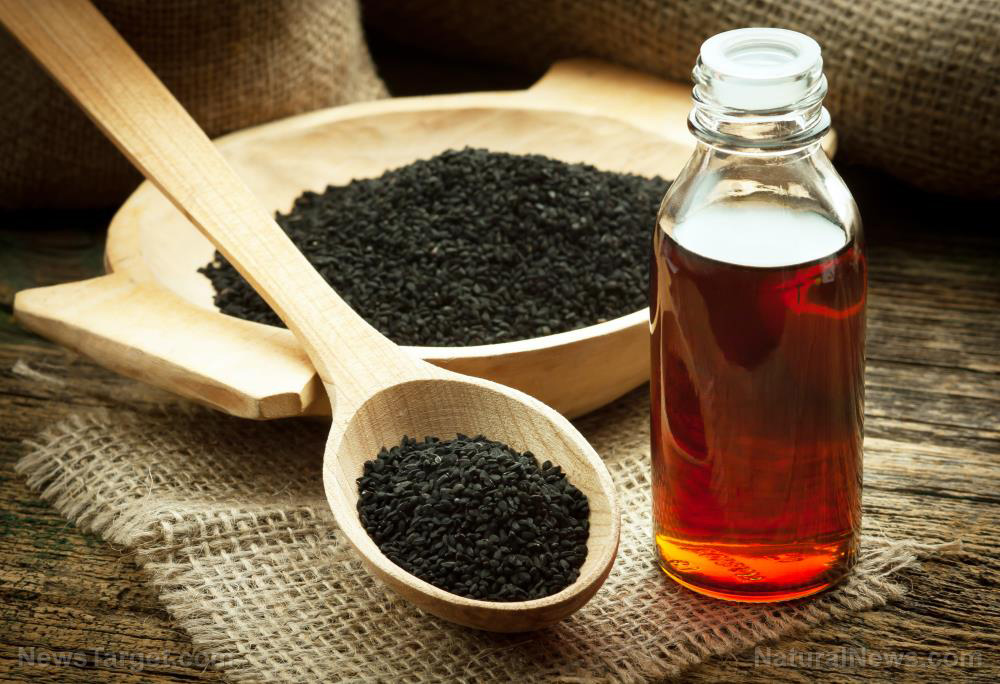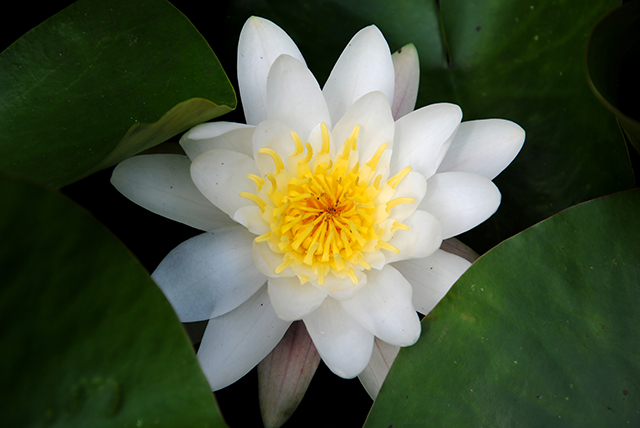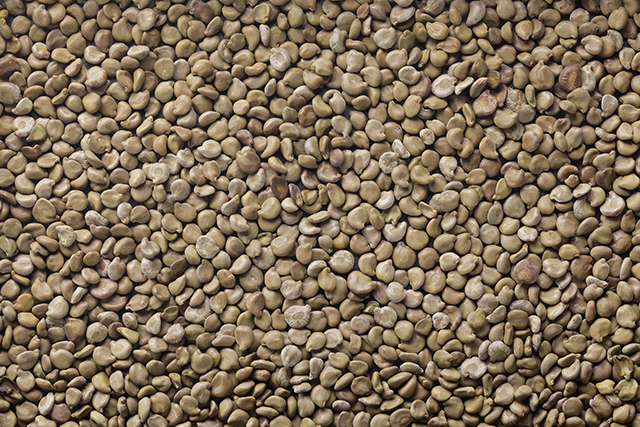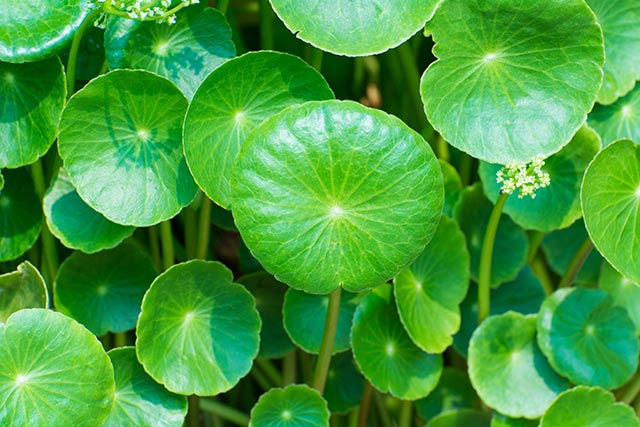New research validates using cat’s claw to remedy breast cancer
11/23/2018 / By Isabelle Z.

It’s hard to believe that with all the scientific advancements that we have right now, chemotherapy – with its poor efficacy record and very dangerous side effects – is somehow the best treatment option for breast cancer. It’s a convenient belief for drug companies, but if you’ve ever suspected there must be a better way, you might be interested in learning more about cat’s claw.
Also known as una de gato, this woody vine that is native to South America has long been used in Peruvian medicine to treat several different conditions. It is believed to have gotten its name from the curling shape of its vine. It is the root and inner bark of the plant that have medicinal value.
Cat’s claw has long been known to have cancer-healing effects. In fact, back in the 1920s, a German scientist by the name of Dr. Arturo Brell , who had been living and working in the rain forest of Peru, gave some of the cat’s claw he had been using to treat his arthritis to a fellow colonist who was dealing with stage 4 lung cancer. After drinking a cat’s claw tea three times a day for a year, his cancer was gone. This inspired a slew of studies into the healing effects of cat’s claw on conditions that lead to cancer.
Perhaps its greatest value in fighting cancer is its anti-inflammatory properties. Chronic inflammation is at the heart of many types of cancer, including breast cancer, with epidemiological studies showing that almost 15 percent of all cancers around the world are linked to a type of chronic infection.
Cat’s claw can turn off the production of the inflammation messenger molecule tumor necrosis factor alpha and the “inflammatory switch” nuclear factor kappa beta. Perhaps more importantly, it can directly bring about cancer cell death, a process known as apoptosis. In fact, researchers recently discovered the precise mechanisms it uses to accomplish this impressive feat.
The power of the elements: Discover Colloidal Silver Mouthwash with quality, natural ingredients like Sangre de Drago sap, black walnut hulls, menthol crystals and more. Zero artificial sweeteners, colors or alcohol. Learn more at the Health Ranger Store and help support this news site.
In a study published in the Journal of Ethnopharmacology, researchers from Brazil’s Federal University of Santa Maria showed how the Uncaria tomentosa type of cat’s claw impacted nucleotides that form the foundation for cancer cell DNA. An extract of the plant significantly affected adenine, which is used in the formation of breast cancer cells. This finding supported a 2006 study that showed some of the alkaloids in cat’s claw could slow the growth of leukemia cells.
Cat’s claw’s many benefits
Some studies have also shown that cat’s claw can protect cancer patients undergoing treatment from abnormally low white blood cell counts and improve the quality of life in people who are suffering from advanced cancer. It has also proven useful in treating rheumatoid arthritis, and lab studies have pointed to cat’s claw as a possible treatment for HIV and AIDS as it has been shown to stimulate the activity of certain immune cells.
If you’d like to take cat’s claw, be sure to do some research first if you’re taking other medications. Certain drugs, such as blood thinners, immune suppressants and protease inhibitors, can have negative interactions with the herb. It’s also not recommended if you’re undergoing surgery soon.
Although cat’s claw has been associated with side effects like diarrhea, nausea and stomach discomfort, this pales in comparison to the dangers of chemotherapy. If cat’s claw proves to be an effective natural tool in the fight against breast cancer, it might one day spare countless people from undergoing risky chemical treatments.
Sources for this article include:
Tagged Under: alternative medicine, anticancer, arthritis, breast cancer, Cat's Claw, herbal medicine, herbal remedies, Herbs, natural medicine, natural remedies, prevention, research, supplements, una de gato






